Float Glass
Glass is a category of inorganic and amorphous materials that are irreplaceable components in many applications from architecture and art to automobiles and high-end optics. Glasses have been around for over 5,000 years but with increasing industry applications and mass production, the demand for scalable, high-quality, distortion-free glass became a major topic of research in the 1950s. Since then, several advancements have been made in glass technology from innovations in materials to processing methods. One such innovation is called float glass.
Sir Alastair Pilkington is credited to have invented and perfected the technique and the process is often referred to as the Pilkington method. It is typically made from a mixture of silicon dioxide (sand), calcium oxide (lime), sodium oxide (soda), and magnesium oxide (dolomite). Other additives may be added to impart a tint or color.
Manufacturing Float Glass
Manufacturing float glass is a 6-step process. The process ensures that the glass is optically smooth, highly transparent, durable, with the versatility of applying a range of coatings to further enhance its properties.
- Raw materials are melted and refined.
- The molten mixture flows onto a bed of molten tin to ‘float’ and form a layer of desired thickness.
- Chemical Vapor Deposition (CVD), a vacuum deposition technique used to produce high quality, high-performance materials, is utilized to impart optical coatings.
- Annealing removes any stresses that may have been introduced.
- Inspection to detect any imperfections.
- Cutting depending on customer requirements.
Spectral Properties of Float Glass
Float glass exhibits excellent optical transmission, with the transmittance being around 90% over a broad spectral range from Ultraviolet (250 nm) all the way up to Infrared (2700 nm). As a result, it is a great candidate for many applications that require high transmittance along with broadband operation.
Advantages of Float Glass
- High optical transparency (~90%) over a broad spectral range (UV-IR).
- Distortion-free, optically flat surface.
- Chemical stability and resistance to corrosion.
- CVD coating compatible substrate for anti-reflection coatings, mirrors and reflectors, gratings.
- Flexibility of size depending on applications.
- Variable thickness ranging from sub-mm to a few cm.
Applications
Substrates for optical mirrors and gratings
Due to the inherent advantages of the manufacturing process, float glass is optically flat and hence is an ideal substrate for optical components such as mirrors and diffraction gratings. Additionally, CVD can be introduced during manufacturing, which offers the flexibility of imparting single or multilayer coatings depending on the application. For instance, soda lime float glass has been used as a substrate for high-performance aluminum first surface mirrors, silver mirrors, and gold mirrors. Additionally, it is also a good candidate for substrates in diffraction gratings. Dynasil offers a wide range of float glass based optical components.
Anti-glare Displays and Touch Screens

Displays that are used in outdoor settings typically have glare, which are a result of unwanted reflections that affect visibility. In such cases, float glass-based displays offer much better visual experience as multi-layer anti-reflective coatings can be incorporated to suppress direct surface reflections.
Glass Windows and Doors
A common application of glass is in impressive panels of skyscrapers. Due to excellent optical clarity along with durability and resistance to wear and tear caused by weather, float glass is almost always the first choice in architectural applications.
Thermal Management in Buildings

As an extension to architectural applications, float glass can also be used for thermal management in buildings. In warmer climates, window panels with an IR reflector can minimize heating effects from sunlight.
Solar Panels

In recent times, glass has been also used as encapsulants for solar panels. Although, most crystalline silicon solar panels still use pattern glass, newer solar technologies such as amorphous silicon, CdTe, CIGS etc. use float glass as encapsulants. Float glass surfaces are optically flat, weather and chemical resistant, thus offering long-term service-free operation for solar energy applications.
Automotive

Float glass is extensively used in automobiles for windshields, windows, and substrates for mirrors. Typically, a plastic interlayer is sandwiched between two panels of laminated float glass. This arrangement has a lower likelihood of shattering and is a safer choice for windshield applications.
Float glass is used as a substrate to manufacture cold mirrors for Head-Up Displays (HUDs) to prevent damage to high-end optics by reflecting visible light while allowing infrared light to transmit.
Dental Mirrors

Mirrors are widely used in dental applications for intra-oral photography. The process involves shaping and coating a float glass mirror with either stainless steel, chromium or rhodium to achieve high surface reflectivity allowing dentists and orthodontists to take crisp, clear pictures. Rhodium-coated dental mirrors for intra-oral photography are one such example of using float glass coated with rhodium to achieve the highest reflectivity.


